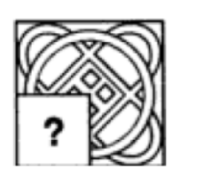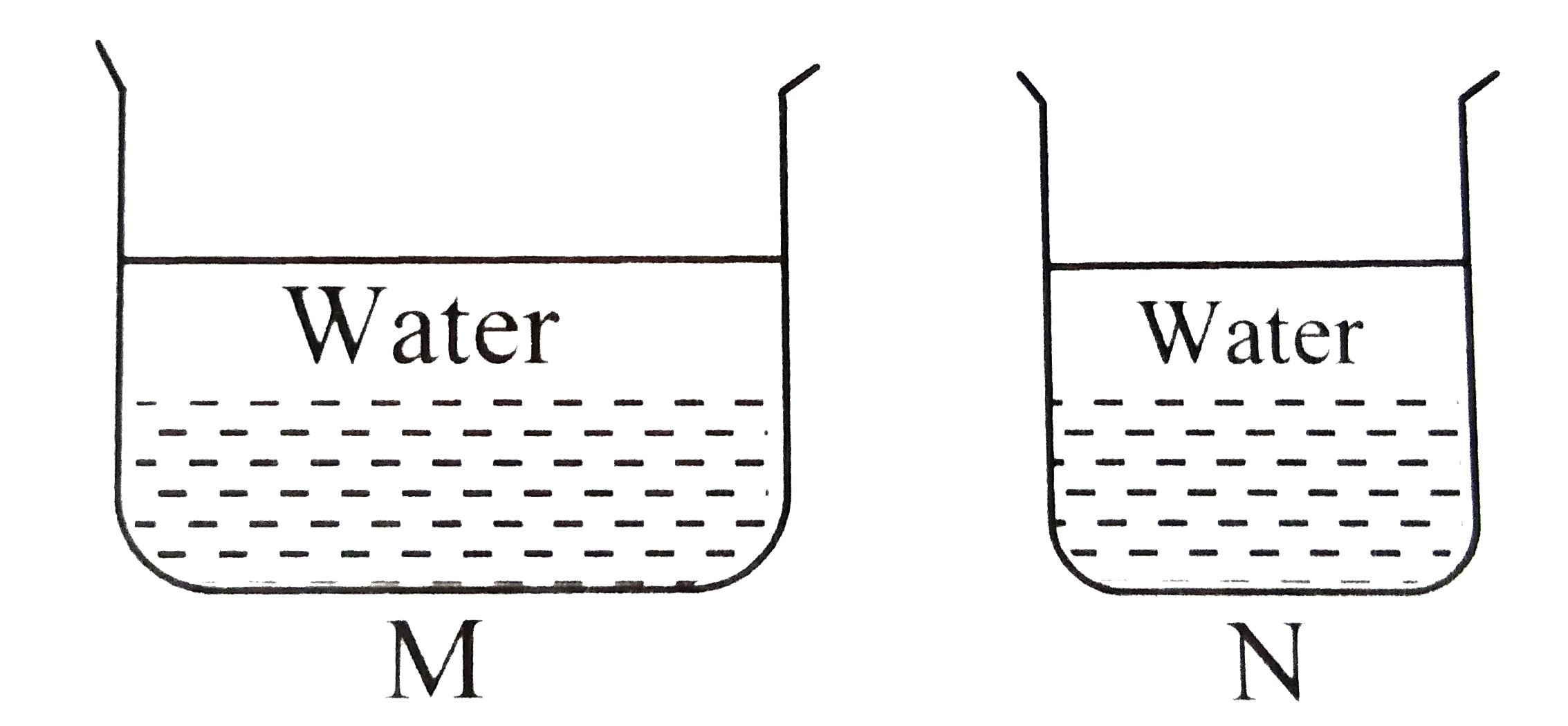From the following figure, the correct observation is :-

A
IIgtIIIgtI
B
IgtIIgtIII
C
IIIgtIIgtI
D
IIgtIgtIII
Video Solution
Text Solution
The correct Answer is:C
Stability order is
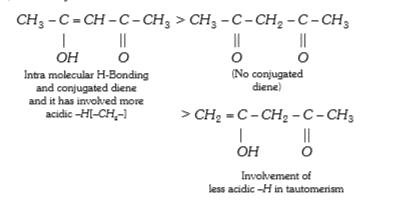
|
Topper's Solved these Questions
- GENERAL ORGANIC CHEMISTRY Book:ERRORLESSChapter:GENERAL ORGANIC CHEMISTRY Exercise:ASSERTION AND REASON
Explore 14 Videos
- GENERAL ORGANIC CHEMISTRY Book:ERRORLESSChapter:GENERAL ORGANIC CHEMISTRY Exercise:NCERT BASED QUESTIONS (Structural and Stereo Isomerism )
Explore 99 Videos
- ENVIRONMENTAL CHEMISTRYBook:ERRORLESSChapter:ENVIRONMENTAL CHEMISTRYExercise:ASSERTION & REASON
Explore 7 Videos
- HYDROCARBONSBook:ERRORLESSChapter:HYDROCARBONSExercise:ASSERTION & REASON
Explore 18 Videos
Similar Questions
Knowledge Check
From figure the correct relation is
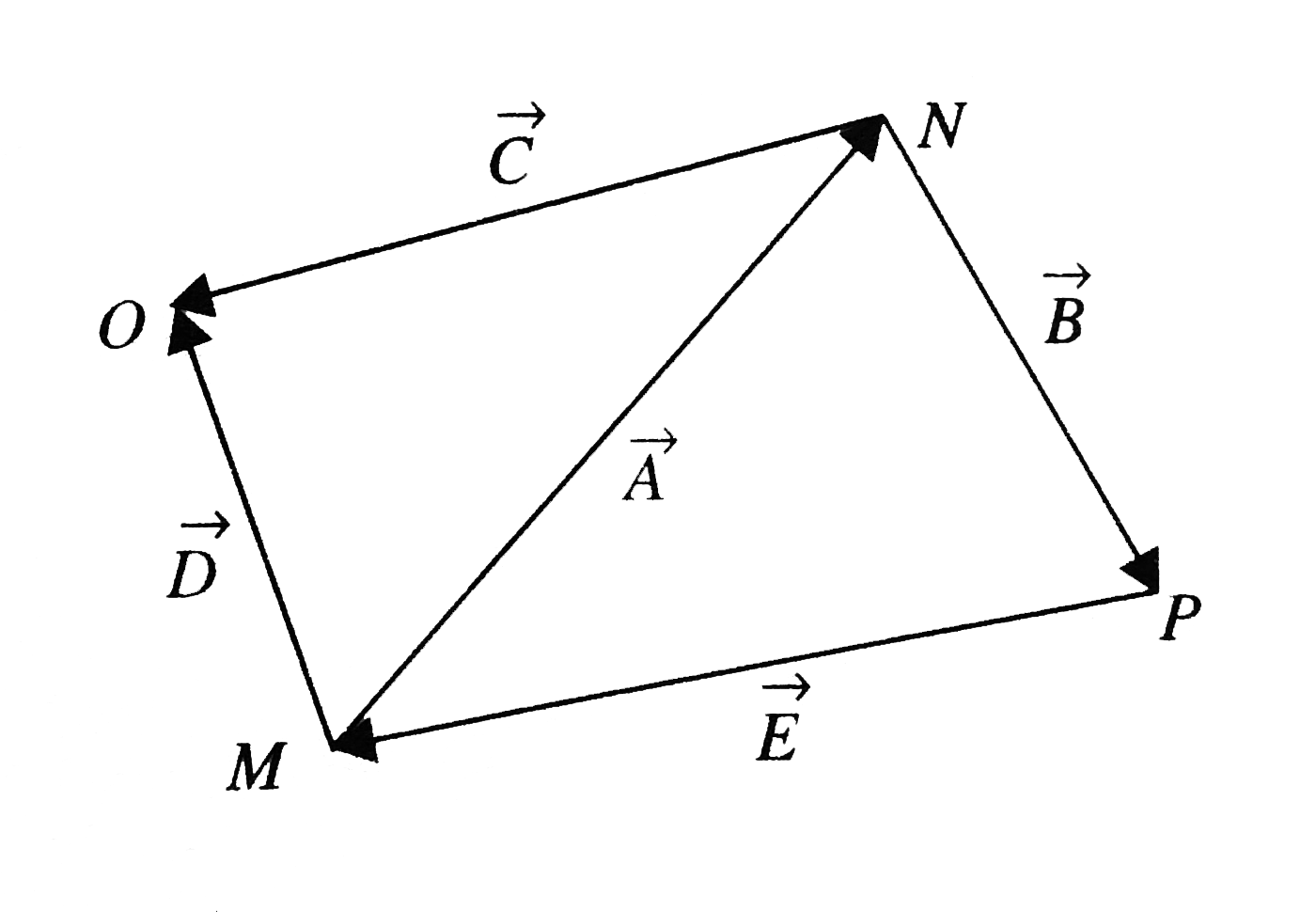 A→A+→B+→E=→0B→C−→D=−→AC→B+→E−→C=−→DDAll of the above
A→A+→B+→E=→0B→C−→D=−→AC→B+→E−→C=−→DDAll of the aboveWhich of the following is not correct observation on Ellingham diagram ?
AA metal can reduce the oxide of other metal which lies above it in Ellingham diagram .BCO is more effective than C as a reducing agent below 710∘CCΔG∘ of metal oxides is higher than that of CO2 hence oxidation of metal suphides to oxides is not favourable.DNeed for conversion of metal sulphide to metal oxide before reduction can be explained thermodynamically.When ammonia is added to AgCl, the following is /are correct observations / statements ?
AAgCl dissolvesBAgCl becomes blackCA complex [Ag(NH3)2]Cl is formedDBoth a and c
Observer the following figures -
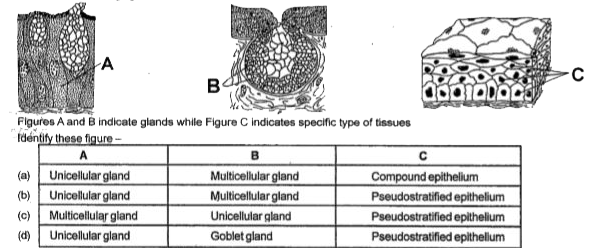
View SolutionWhen ammonia is added to AgCl, the following is/are correct observations /statements ?
View SolutionRahul, a class 8 student conducted the following experiment and recorded the observations in the given table.

The correct observation and inference drawn are
View SolutionSakshi performed two experiments as shown in figure 1 and 2, and recorded her observations in the table.
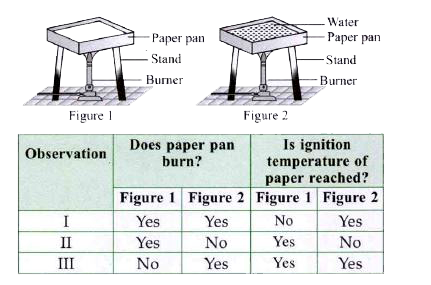
Find out the correct observation and the reason behind it from the options given below.
View SolutionObserve the following reaction, and select the correct option

View Solution


